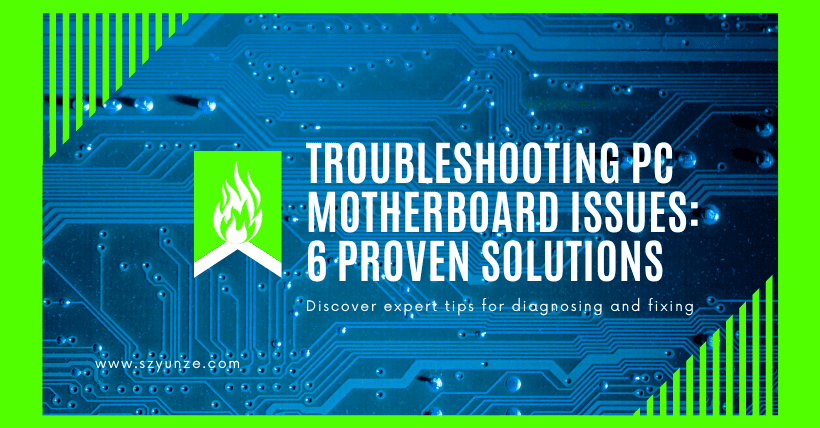When the computer motherboard malfunctions, many people often find themselves at a loss, unsure of how to handle it. However, for this issue, there is a solution. In this article, we will introduce six effective ways to diagnose motherboard problems, helping you quickly identify the issues and resolve them, allowing your computer to return to normal operation.
Methods for Testing Computer Motherboards
① Program Testing Method
This method involves sending data and commands using software to identify the location of faults by reading the circuit and chip states, such as registers. It requires the CPU and bus to be functioning normally and the use of diagnostic analysis software or diagnostic cards installed in the I/O bus slots.
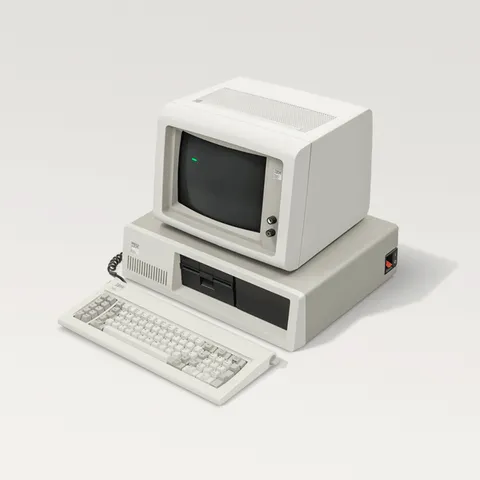
② Check for Motherboard Short Circuits
Before applying power, it’s advisable to measure and analyze whether the motherboard has a short circuit to prevent any unexpected incidents. The method of assessment involves measuring the resistance between the power module pins of the chips and the ground. When no power plug is inserted, the resistance should generally be around 300Ω, with the lowest not dropping below 100Ω. Additionally, check the reverse resistance value, which may vary slightly but should not have a significant difference. If both forward and reverse resistance values are very low or nearly zero, it indicates a short circuit issue on the motherboard.
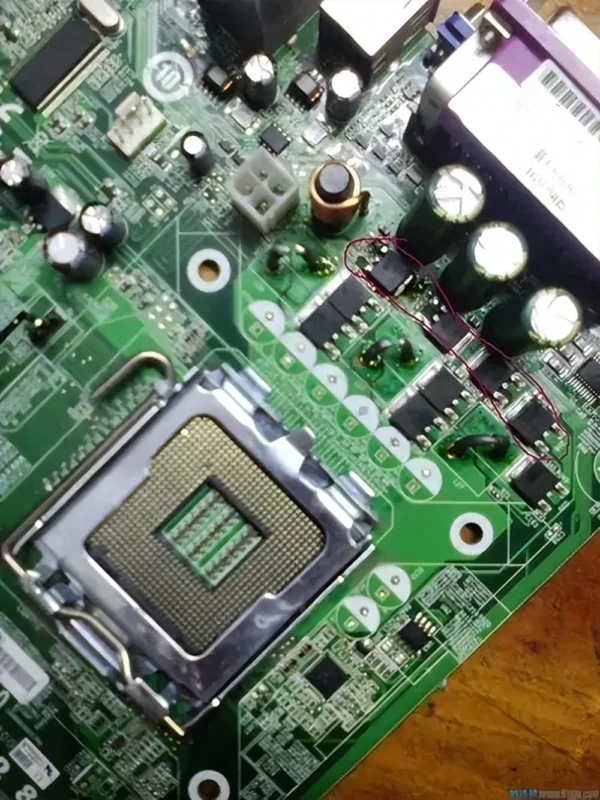
③ Dust Removal Method
Motherboards have a large surface area, making them prone to accumulating dust. Dust can easily lead to poor contact between sockets and circuit boards.
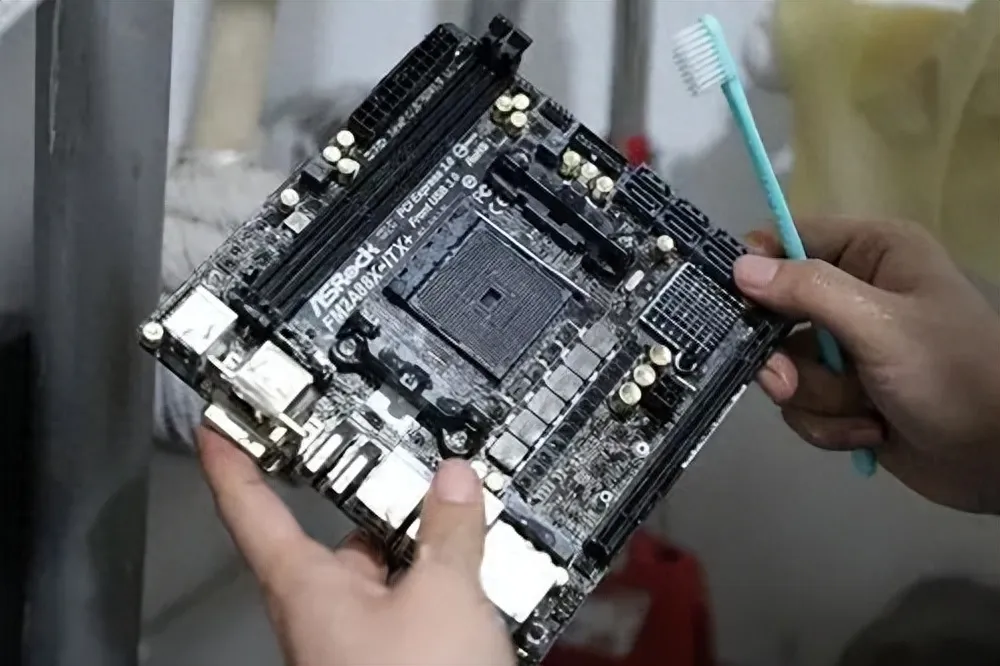
Additionally, some cards and chips on the motherboard have pin connections and are prone to poor contact due to pin oxidation. It’s recommended to use a soft-bristle brush to remove dust from the motherboard while being cautious to avoid touching the surface of the motherboard components or causing components to become loose and potentially result in soldering issues.
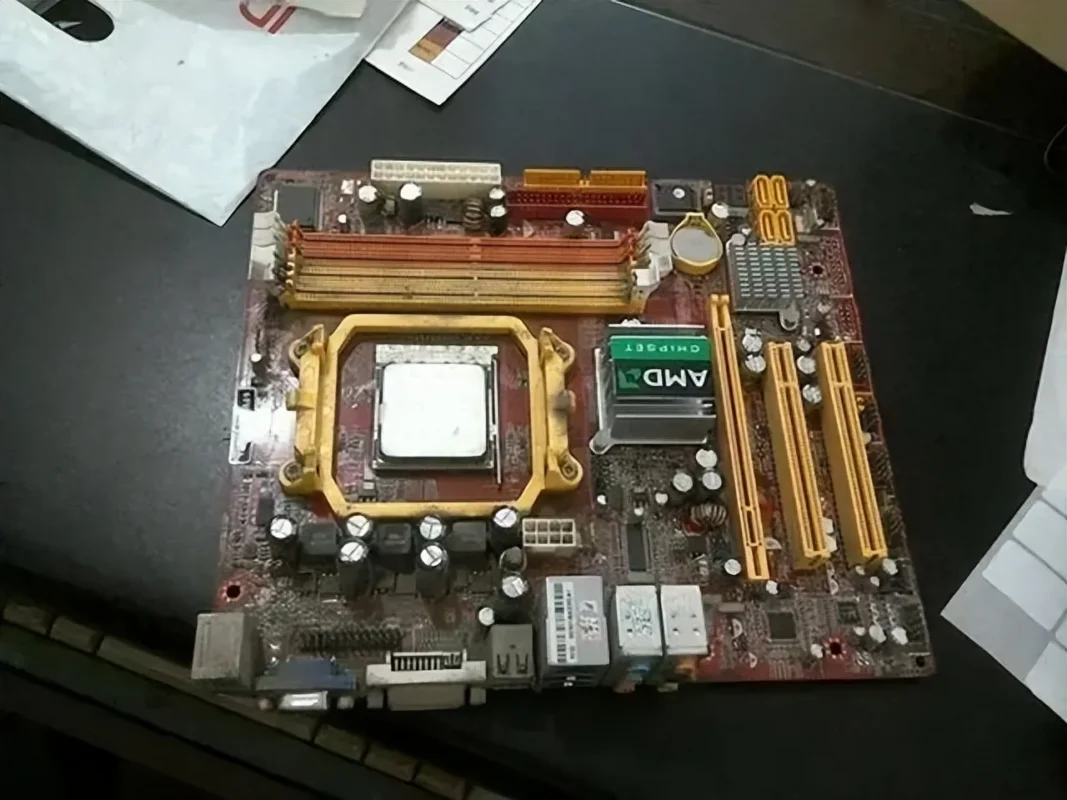
④ Plug and Swap Method
This method helps determine whether the issue lies with the motherboard or the I/O devices. It involves swapping out similar types of boards or chips and then assessing the change in the fault’s symptoms to identify the problem. It is primarily used in easily swappable repair environments, for instance, if a memory self-test reveals an error, you can replace the same type of memory module to pinpoint the cause of the issue.
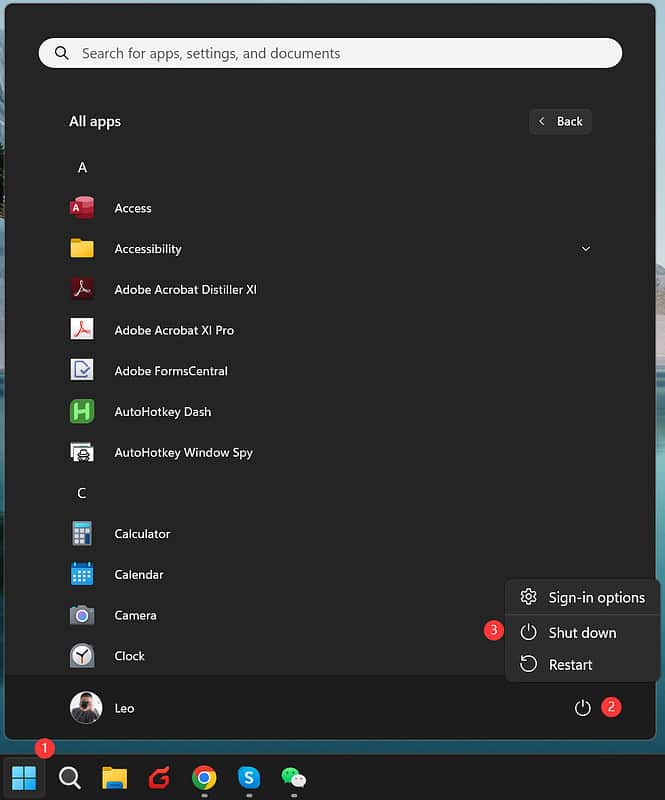
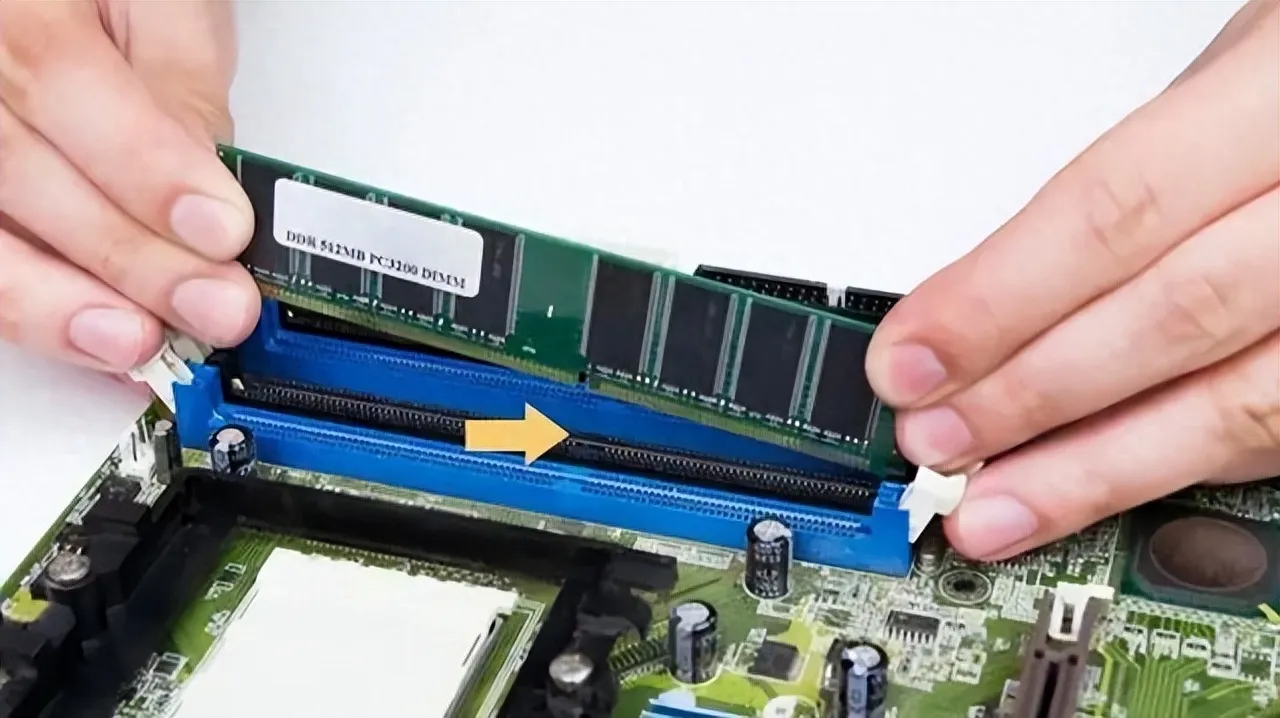
⑤ Observation Method
Check if any foreign objects have fallen between motherboard components. Accidental debris lodged between components can lead to a ‘protective fault.’
Additionally, inspect if there is an insufficient number of copper standoffs supporting the motherboard between the motherboard and the chassis baseplate. Improper motherboard installation or chassis deformation can cause direct contact between the motherboard and the chassis, triggering the automatic power supply cutoff by the power supply unit’s short-circuit protection feature.
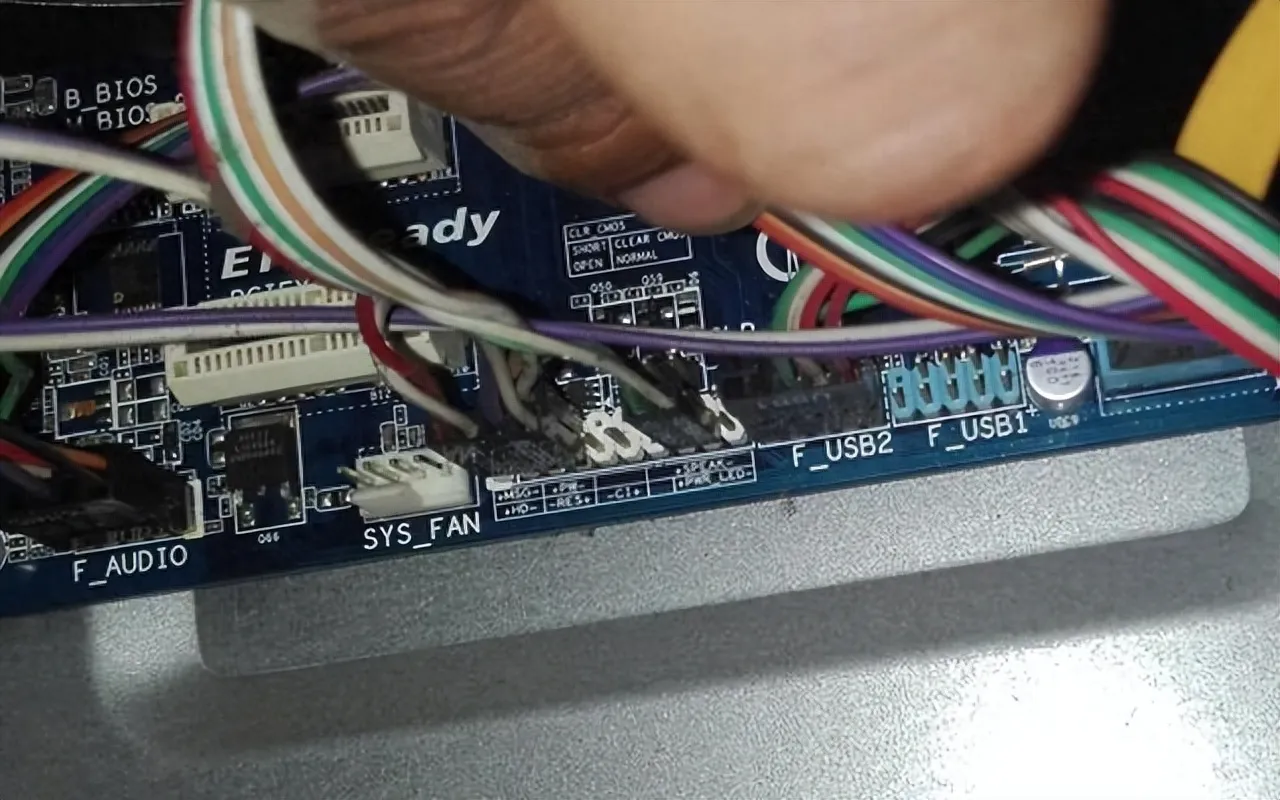
⑥ Static/Dynamic Measurement Methods
Static Measurement: With the motherboard paused in a closed state, assess the logic relationships between input and output based on circuit or chip logic principles. Use a multimeter or logic probe to measure voltage levels at relevant points, and analyze and determine the cause of the fault.
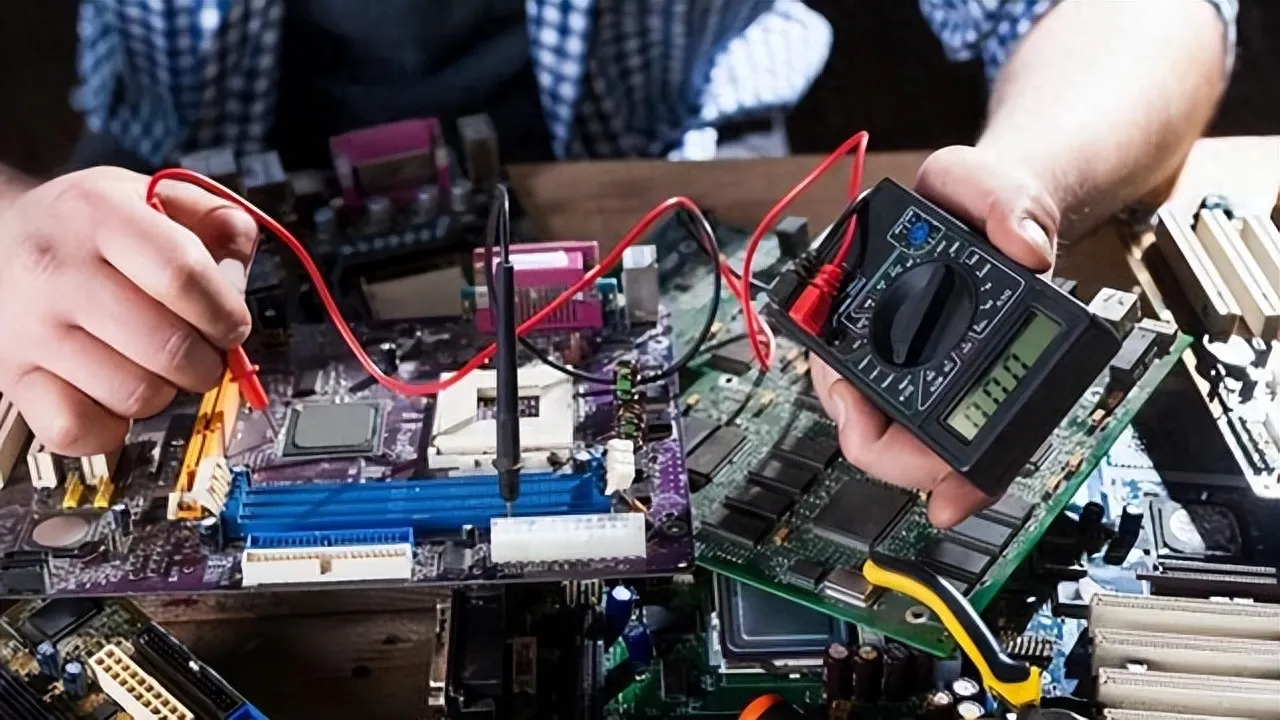
Dynamic Measurement and Analysis Method: Develop specialized diagnostic programs or set predetermined normal conditions manually.
In Conclusion
Through this article’s introduction, you should now be familiar with six methods for diagnosing and resolving computer motherboard issues. Whether it’s checking the connection lines, performing a BIOS reset, or deciphering error codes, all of these approaches can help you identify and address the problem. When it comes to computer motherboard problems, timely and accurate diagnosis and resolution are crucial.

Related:



